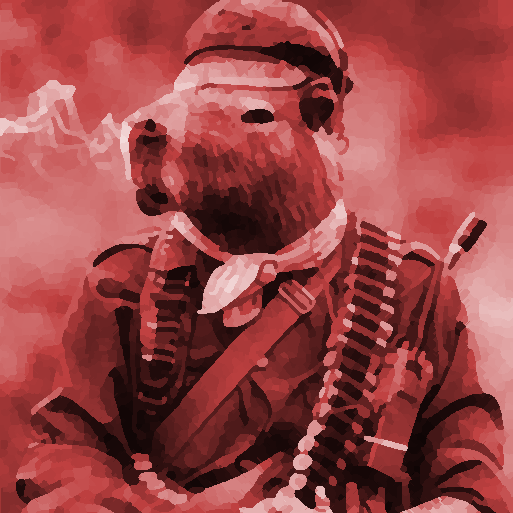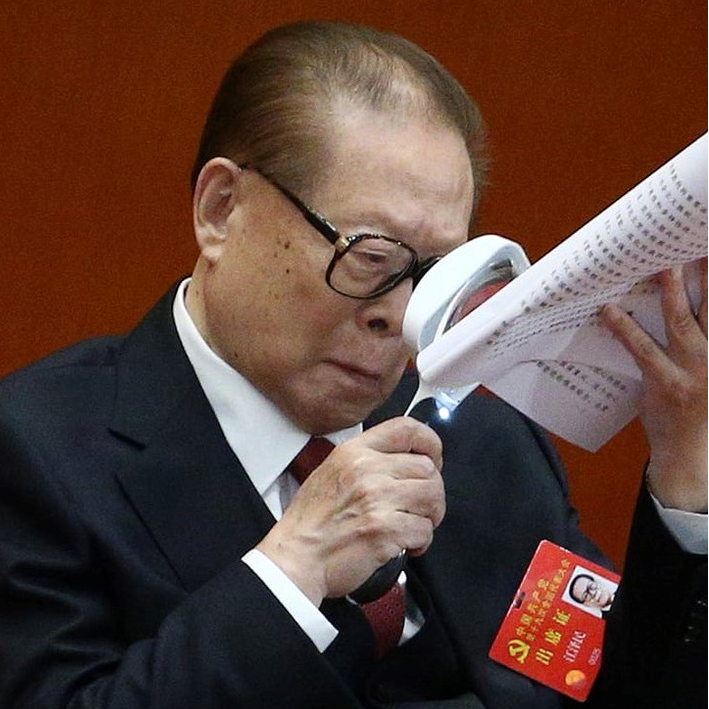Discussion in the Matrix reading group (see this post for instructions on how to join) Saturday/Sunday of week 4, and anyone who’d rather discuss the text here can do so instead (a few questions will be posted here as well)
If anyone wants a reminder on the weekend for this and/or future discussions, mention it in the comments
Final question (5/4):
- What is commodity fetishism and why is it prevalent in capitalist societies?
deleted by creator
That’s pretty much my interpretation, too. The fact that exchange happens so frequently and is part of everyone’s daily lives, combined with the money form obscuring the underlying exchange of commodities, means that people end up treating it somewhat like a law of physics. People live with gravity without knowing what causes it; similarly, they don’t know why a commodity is exchangeable for a certain amount of money and vice versa (beyond what’s taught by bourgeois economists like supply and demand)
Some questions (1/4):
- What is a commodity?
- What is useful labour? What is use value (UV) and how is it created?
- What is simple labour? What is value and how is it determined?
- What is the relationship between UV and value?
- What is the difference between value and exchange value (EV)?
- For any type of commodity, how does increased/decreased productivity affect the UV and value (in total and for each individual commodity)?
I’ll try my best on these since nobody else seems interested.
-
A thing, which has both use value and value. A useless thing is not a commodity, nor is a valueless thing. A use value is only a commodity when it is transferred to someone else for whom it is also a use value.
-
Useful labor produces use values. Use value, at least in the English translation is a term used to refer to two different but related things: a useful thing itself, or the property of a thing which makes it useful. In order to be useful labor, it must be labor that produces something useful.
-
Simple labor is just the baseline average labor that any human can do, and skilled labor is just multiplied simple labor for purposes of determining value. All forms of labor can be reduced to simple labor. The value of a commodity comes from the simple labor necessary to produce it. Necessary being a key term here; in a world of mass production, making a commodity by hand does not make it any more valuable by the extra labor, because that extra labor is not necessary labor.
-
Value comes from the labor required to produce a commodity. If the same amount of labor produces more commodities – more use value – the value of those commodities decreases because the labor required to produce each of them has also decreased.
-
Exchange value is the proportion in which one commodity is exchanged for another. Exchange value equates one commodity with any other in some proportion. Value is the thing contained in both commodities that allows them to be equated: abstract simple labor.
-
Increasing productivity increases the use values (more useful items are created) but decreases the value of each (less labor required per item). For the total sum of all of a given commodity an increase in productivity divides the total value of that sum of commodities by the change in productivity because – regardless of the labor which was originally required to produce some great hoard of commodities – the current amount of simple labor required to produce a commodity is what determines its value. So if productivity doubles, twice as many use values are created by the same amount of labor, and the value of each commodity and the sum total value of all of that commodity is halved.

the only thing I can add is that for answer 3, you’re referring to the socially necessary labour (simple labour performed by the average worker at average efficiency and under average conditions)
-
Some more questions (2/4):
- What is the simple/isolated/accidental form of value?
- What is the total/expanded form of value?
- What is the general form of value?
- What is the money form of value?
- What is the price form of value?
-
The form of value that relates one commodity to another in isolation. One holds the position of a use value, and the other an exchange value and reveals the two-fold nature of commodities as both use value and value.
-
This form expands on the simple form by relating the value of one commodity to every other commodity. By equating one commodity with all others, it can now become clear that simple human labor is the common denominator between all commodities and the determinant of value.
-
The general form inverts the previous form by relating all other commodities to one single commodity that stands apart for the purpose of equating the values of all other commodities, a universal equivalent.
-
The money form is the same as the general form, but where the universal equivalent commodity obtains a monopoly on the role of universal equivalent in society and becomes money. Historically, Marx points out, this universal equivalent is typically gold.
-
Finally the price form then is a single element of the money form where a single commodity is related to the money commodity.
one comment on 7: I agree that the magnitude of value of the commodity on the left side of the equation (relative form) is expressed as a quantity of another commodity on the right side (equivalent form), but IIUC Marx wasn’t talking about exchange values in this section, only values (even if capitalism only expresses value as exchange value)
deleted by creator
-


